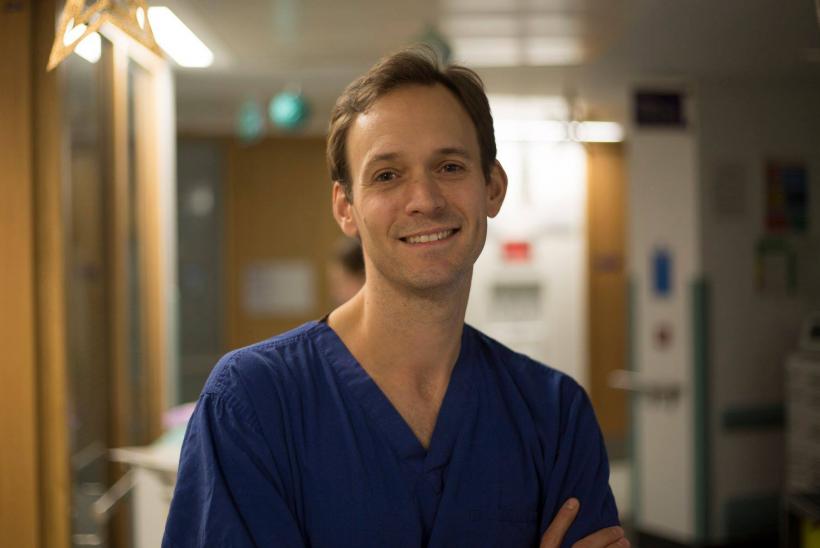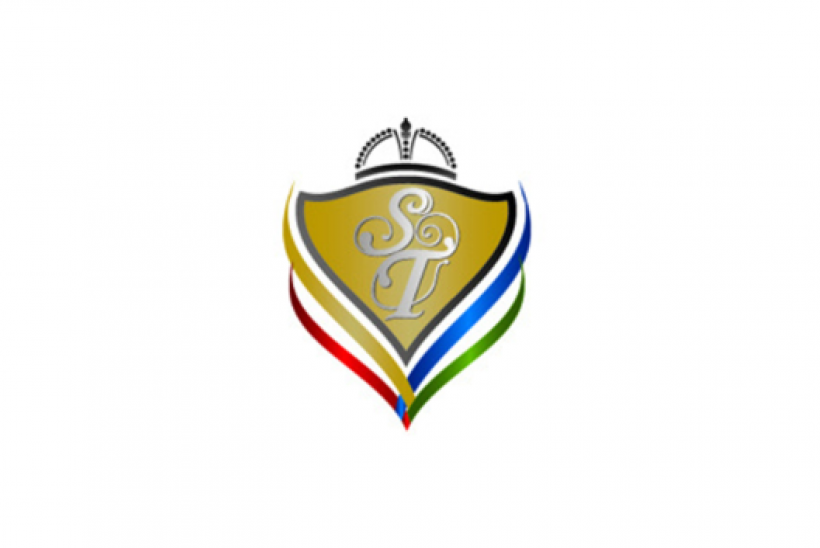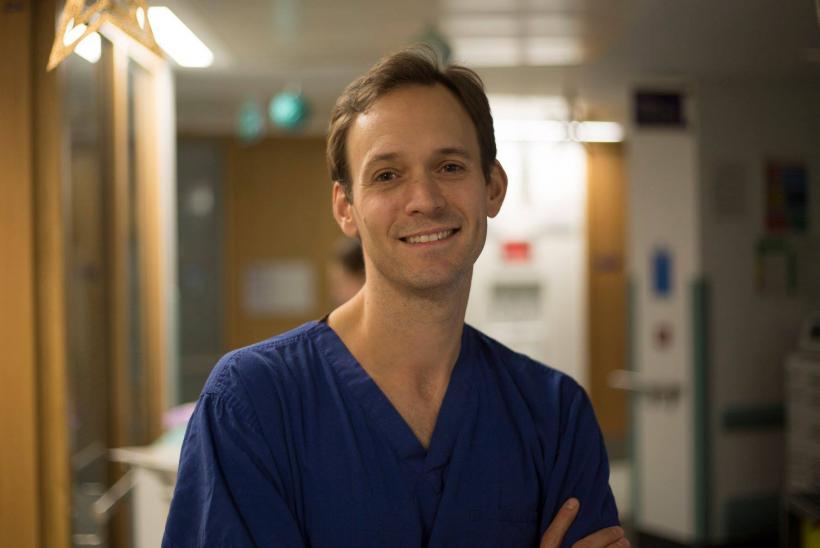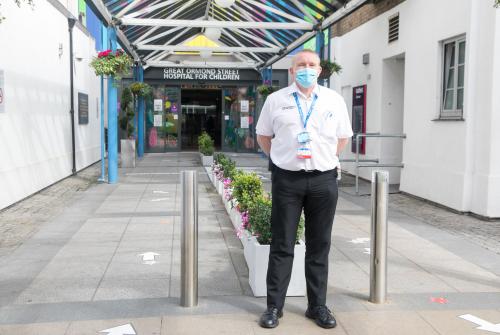GOSH Telehealth service brings hope to Chinese patient
Hua’s harrowing journey
In 2016, when Hua was only a year old, her parents noticed that she had a hoarse voice. After a throat examination at a children’s hospital in Beijing, Hua was diagnosed with juvenile onset laryngeal papilloma (JLP).
The discovery of Hua’s diagnosis made her parents very distressed. The condition causes benign (non-cancerous) tumours but if it becomes severe, it can cause difficulty in breathing. Children with the condition often need lots of surgeries as the disease can return multiple times.
Although Hua’s parents were emotional after Hua’s diagnosis, they sent her to a top local hospital for carbon dioxide laser resection, a form of laser surgery. After the surgery, Hua’s symptoms became better. Unfortunately, after five months, the tumour and symptoms returned.
Following a friend’s recommendation Hua went to a new hospital in Beijing, where doctors used a new treatment method called Photodynamic Therapy (PDT), a treatment that involves light-sensitive medicine and a light source to destroy abnormal cells. The hospital advised her parents that after six courses the tumour would be removed. Unfortunately, after six sessions Hua’s symptoms became more severe. She even developed some new symptoms including difficulty in breathing, vocal cord adhesion, scarring and laryngostenosis (narrowing of the larynx).
Hua went back to her local hospital but because of her laryngostenosis she had to have a surgery every month. Hua had Laryngoscopy resection surgery 28 times in total.
Second opinion via telehealth service
Desperate for help, Hua’s parents decided to seek expert advice from international doctors via remote consultation. With help from Saint Lucia Consulting, a professional overseas medical service organisation, Hua’s family successfully booked a “face to face” video consultation with Dr Richard Hewitt in the Ear, Nose and Throat (ENT) department at Great Ormond Street Hospital for Children (GOSH).
“For the children with recurrent respiratory papillomatosis, we usually use ‘cold techniques’ especially microinvasive debridement and try to avoid using ‘hot techniques’ which includes the carbon dioxide laser resection Hua took before,” Dr Richard Hewitt said. “‘Hot techniques’ like carbon dioxide laser resection may lead to uncontrolled heat damage and laryngeal stenosis”.
Dr Richard Hewitt reviewed Hua’s case in detail and recommended that a cold technique would be best for Hua, extending the time between treatments to improve her condition and cause less harm. After Hua has recovered from the tumour, Dr Richard Hewitt recommended that an open airway reconstruction would be required.
Dr Richard Hewitt explained that there is no cure for the disease through surgery. Treatment needs to be continued throughout childhood, until a child’s immune system develops enough to eliminate the disease. In previous GOSH cases, the average duration from the start of treatment to the cure was two and half years.
New hope
Hua’s parents were very happy about the remote video consultation with Dr Richard Hewitt. They found having a second opinion very useful and it brought them new hope. For patients suffering from rare and difficult-to-treat conditions like Hua, having a specific treatment plan from an expert is reassuring.
After the remote consultation, staff from Saint Lucia Consulting commented: “telehealth service is ‘a good medicine’ for treating difficult and severe diseases in the Internet era. Nowadays, with the help of the convenient internet, everyone can stay at home like Hua’s family, and directly communicate with experts in world-renowned hospitals to get their authoritative second medical opinions”.

Dr Richard Hewitt




